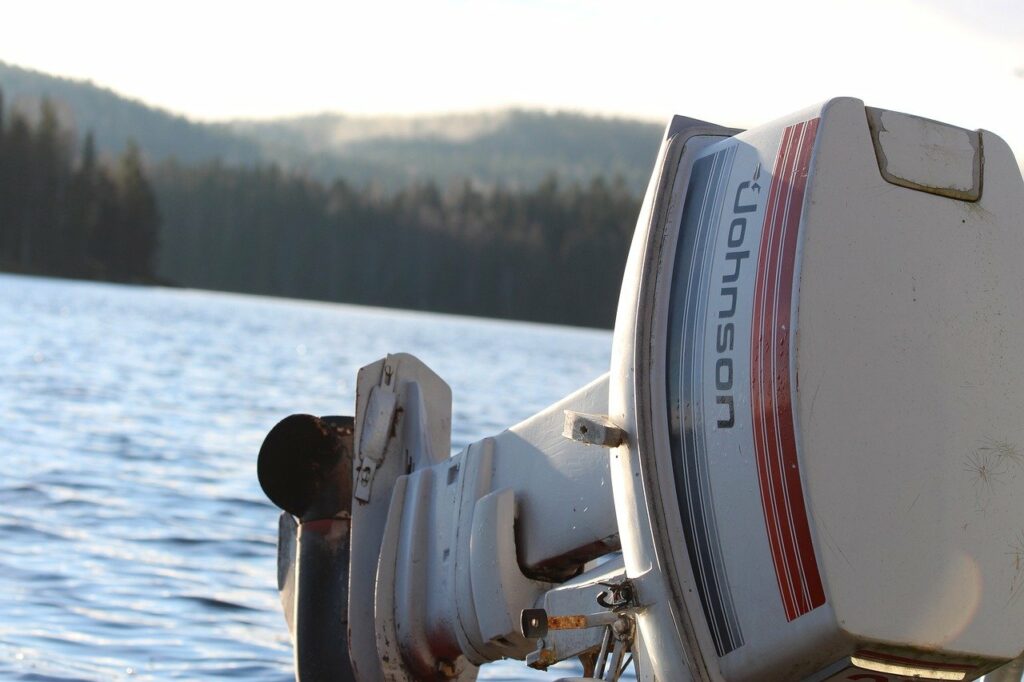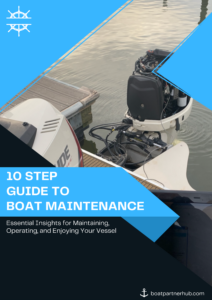Blog
DIY Boat Repair: Fixing Common Issues and Ensuring a Smooth Sail

Navigating DIY Boat Repair: A Comprehensive Guide to Fixing Common Issues and Ensuring Smooth Sailing
Owning a boat can be an exhilarating experience, providing you with endless opportunities for adventure and relaxation on the water. However, like any other vehicle, boats are susceptible to wear and tear, and maintenance is essential to ensure a smooth sail every time you hit the waves. In this comprehensive guide, we will walk you through some common boat issues and empower you with valuable DIY repair tips to keep your vessel in top-notch condition.
1. Assessing the Exterior: Hull and Paint
The first step in boat repair is inspecting the hull and paint. Look for any cracks, blisters, or chips on the boat’s exterior. These damages can lead to leaks and water intrusion, jeopardizing your boat’s integrity. Use a marine-grade filler to repair small cracks and apply a fresh coat of antifouling paint to prevent marine growth and maintain the boat’s performance.
2. Tackling Engine Troubles
A well-maintained engine is crucial for a safe and enjoyable boating experience. Regularly check the engine for oil and coolant levels, and ensure that all belts and hoses are in good condition. If you encounter issues like engine overheating or strange noises, refer to your boat’s manual for troubleshooting guidance. It’s essential to address engine problems promptly to prevent more severe damage.
3. Dealing with Electrical Glitches
Electrical issues can be frustrating, but they are not uncommon in boats. Check the battery connections, wiring, and fuses regularly. Corrosion can disrupt electrical systems, so clean the connections and terminals with a wire brush and apply dielectric grease to protect against future corrosion. If you’re uncertain about electrical repairs, consult a professional to avoid potential hazards.
4. Repairing Damaged Propellers
A damaged propeller can significantly impact your boat’s performance. If you notice any dents or bends in the propeller, it’s crucial to fix or replace it. To remove small dents, use a rubber mallet, but for more severe damage, it’s best to seek professional assistance. Regularly inspecting and maintaining your propellers can prevent unexpected issues during your boating adventures.
5. Fixing Plumbing Problems
Proper plumbing ensures a smoothly functioning boat. Inspect the water system, including hoses, pumps, and fittings, for any leaks or blockages. Replace any worn-out parts and use marine-grade sealants to prevent leaks. Additionally, keep an eye on the sanitation system, as malfunctioning toilets can cause unpleasant experiences on board.
6. Maintaining the Steering System
A well-functioning steering system is essential for safe navigation. Regularly inspect the cables, connections, and hydraulic systems. Lubricate the components as per the manufacturer’s recommendations to ensure smooth steering and prevent any mishaps on the water.
7. Taking Care of Gelcoat Scratches
Gelcoat scratches not only affect the aesthetics of your boat but can also lead to further damage if left unaddressed. Use a gelcoat repair kit to fix minor scratches and maintain your boat’s glossy appearance. For deeper scratches, consider seeking professional assistance to achieve seamless repairs.
8. Upholstery and Interior Refurbishment
Boat interiors are subject to wear from constant exposure to water and sunlight. Inspect the upholstery regularly for tears or fading and repair or replace damaged sections. Investing in protective covers for seats and using UV-resistant materials can help prolong the life of your boat’s interior.
9. Preventing and Treating Rust
Rust can be a persistent issue, especially in marine environments. Regularly inspect metal components for signs of rust and address it promptly. Remove rust using appropriate tools like wire brushes, and apply anti-corrosion paint or coatings to protect the metal from further damage.
10. Winterization for Off-Season Storage
If you live in a region with harsh winters, proper winterization is vital to safeguard your boat during the off-season. This includes draining water systems, adding fuel stabilizer, and protecting the boat with a cover. Following a comprehensive winterization checklist can prevent costly damage and ensure a smooth start to the next boating season.
Conclusion
DIY boat repair is not only rewarding but also crucial for keeping your vessel in top shape. Regular inspections, prompt repairs, and preventive maintenance will not only enhance your boating experience but also extend the life of your beloved boat. By addressing common issues proactively and investing time in caring for your boat, you can enjoy many more years of smooth sailing adventures on the open waters. Remember, safety should always be your top priority, and if you encounter complex problems beyond your expertise, don’t hesitate to seek professional assistance for a seamless resolution. Happy boating!


